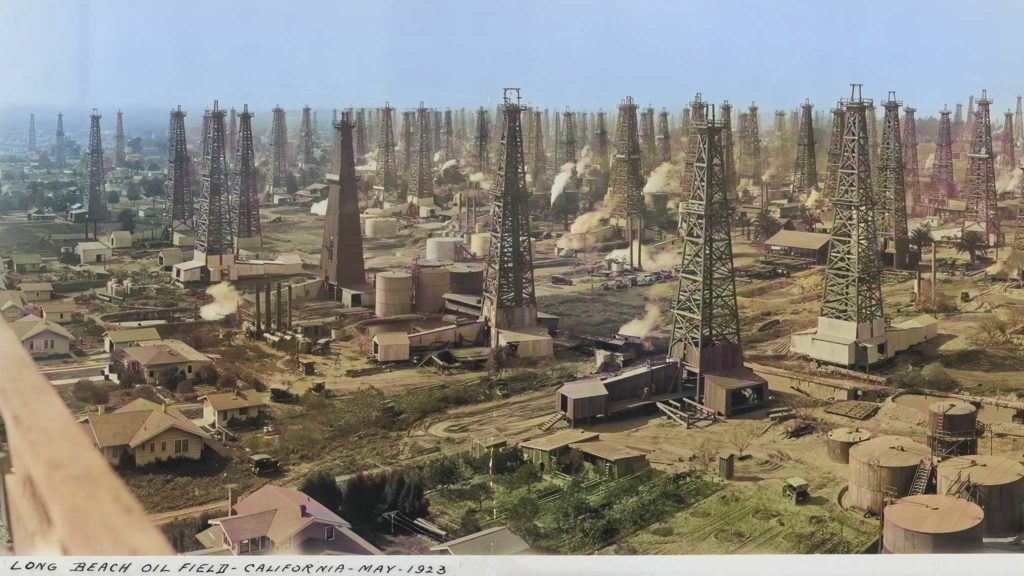Chapter 5: Energy Uses
Today, the world consumes energy in many forms. Its diverse fuel mix includes petroleum, natural gas, coal, all the renewables, and nuclear. By far the most popular fuel is petroleum, accounting for about 32% of energy consumption annually. Natural gas (24%) and coal (27%) make up the rest of the fossil fuels, which combined are […]
Chapter 5: Energy Uses Read More »





